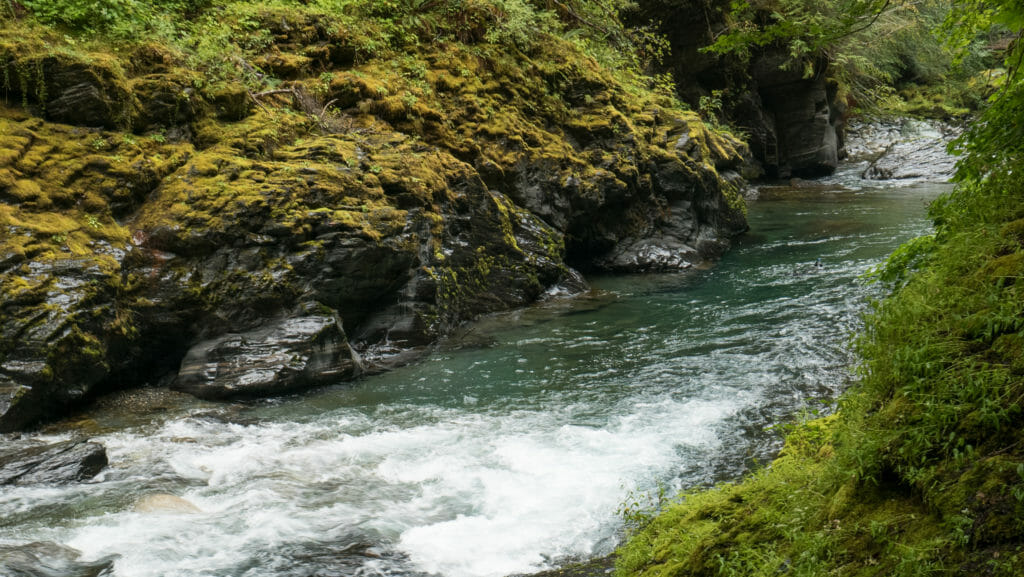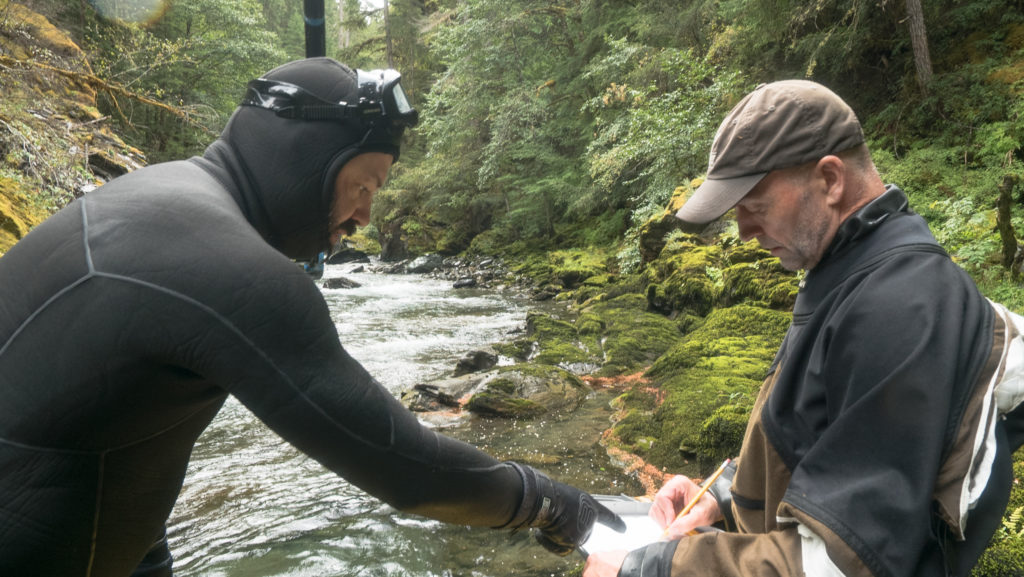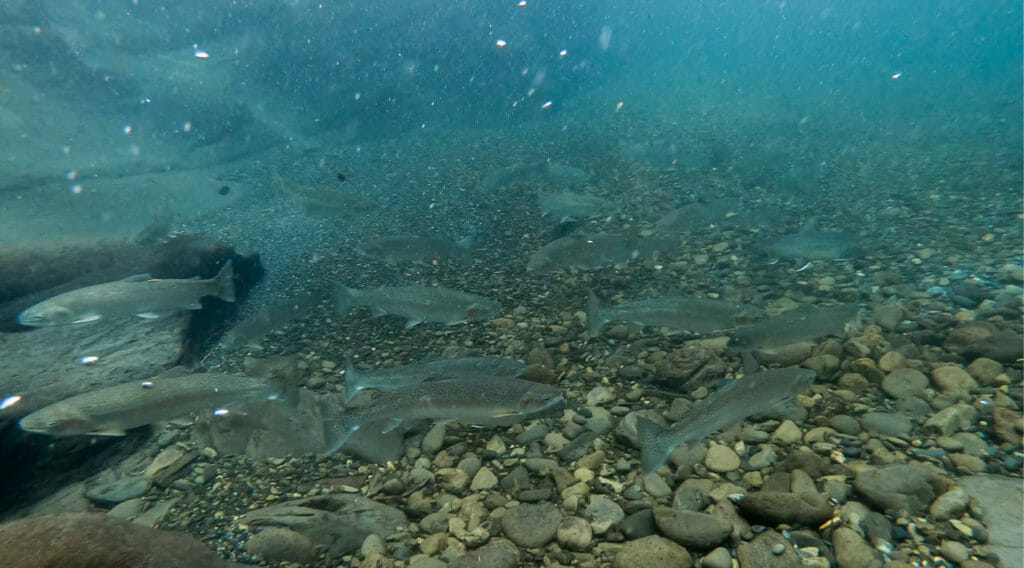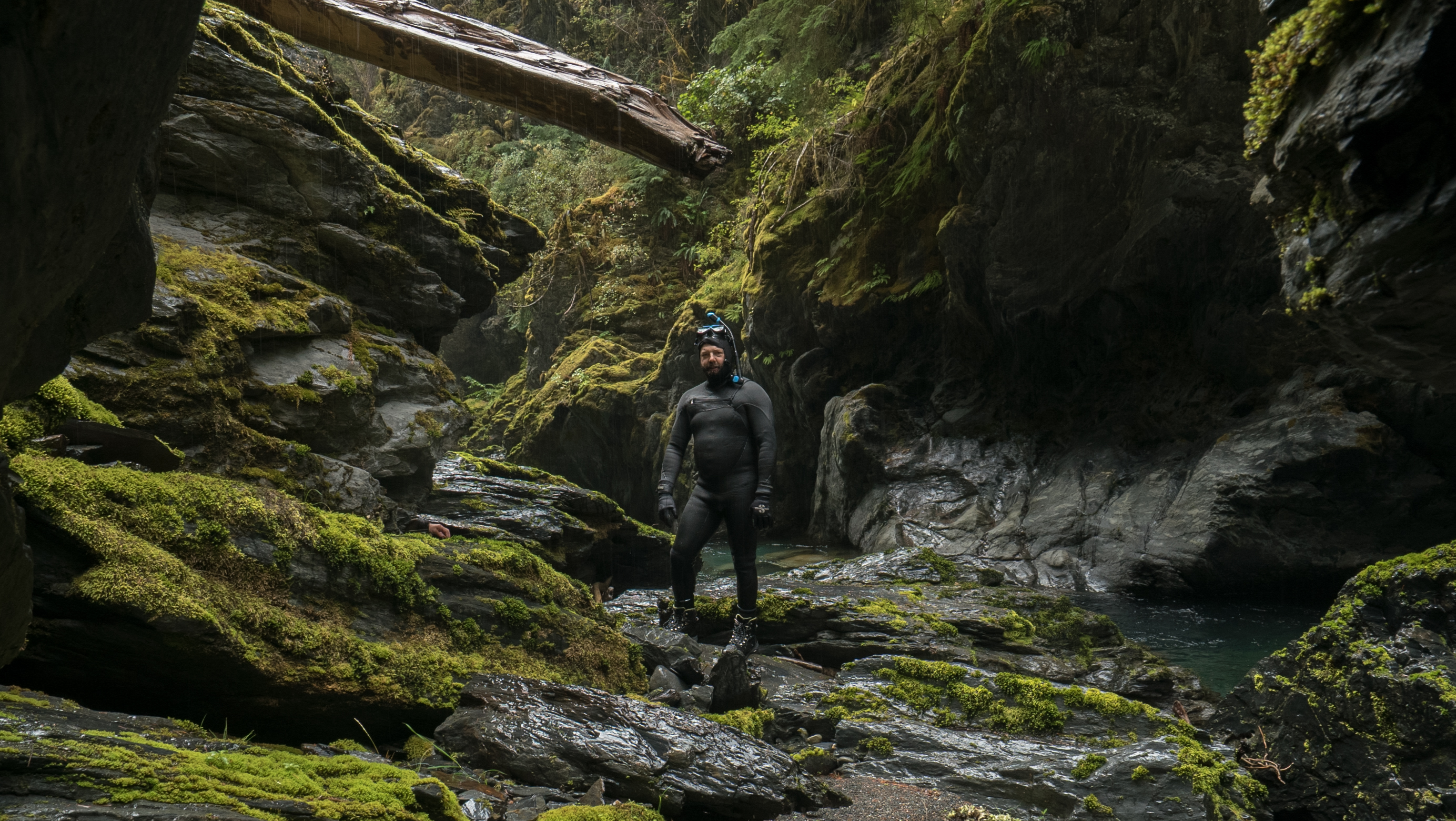Editors note: This piece originally appeared in the opinion section of the Spokesman-Review.
It is often difficult, if not impossible, to restore wild places to their former ecological and aesthetic glory once human development has altered them. But in some cases, the vitality of wild places can be recovered.
The Elwha River on Washington state’s Olympic Peninsula is such a place. While most of the Elwha is protected within the borders of Olympic National Park, more than a century ago two dams were built on the lower river to provide electricity for a mill and the nearby town of Port Angeles. The dams immediately prevented salmon and steelhead from reaching most of their historic spawning and rearing habitat.

In 2013 the dams were finally removed. Ever since, scientists have been monitoring to track the status of salmon and steelhead in that watershed.
As part of that effort, this summer I joined a survey team that ventured into the heart of the Elwha Basin in search of wild summer steelhead. Our team, led by John McMillan, lead scientist for Trout Unlimited’s Wild Steelhead Initiative, wanted to find out if summer runs had been resurrected in the Elwha.
Steelhead are one of the remarkably diverse life histories produced by rainbow trout (Oncorhynchus mykiss). Rainbow trout that do not become steelhead live their entire lives in the river; steelhead, in contrast, migrate to the ocean when they are young and return to the river 2-4 years later to spawn, much larger than their river-dwelling relatives (and thereby gaining a reproductive advantage).
By the time the dams were removed, however, the Elwha’s summer-run steelhead had vanished. All that remained was an old fishing photo of a summer run and thousands of rainbow trout land-locked above the dams.
Donning snorkel gear and wet suits, I joined John and documentary filmmaker Shane Anderson on an extensive survey above the dams. The gin-clear water flowed mostly through an incised canyon. It was arduous work. When not swimming, I fell frequently on the grease-slick rock.

But what we found was nothing short of miraculous.
In the 2 miles of river, we counted more than 100 adult wild summer-run steelhead. In all, our survey team tallied 341 summer steelhead, and there were undoubtedly many more that we missed in canyons that were considered too dangerous to snorkel.
Wild summer-run steelhead in the Elwha were extinct before the dams came out. That’s right, extinct. Now – just six years after the dams were removed – hundreds of wild summer-runs have emerged, in all likelihood from the rainbow trout population that persisted above the dams, like a phoenix rising from the ashes.

No hatchery was used to produce summer-run steelhead. All it took was unimpeded access to the ocean for these amazing fish to reappear. And, let’s remember, this resurgence happened during a period of poor ocean conditions that have depressed other salmon and steelhead runs up and down the West Coast.
There is a powerful lesson here: wild steelhead and salmon are incredibly resilient if they have high-quality freshwater habitat, access to the ocean, and science-based, well-regulated fishing pressure.
Before the dams were removed, I recall standing on Elwha Dam watching chinook salmon trying to migrate upriver to spawn. They milled about beneath the towering concrete edifice, stymied. As I snorkel-surveyed the Elwha last month, the sense of profound sadness I felt that day gave way to joy and hope. I was seeing a river coming back to life – something much too rare nowadays.
This can happen in other rivers, too, if we can adapt our thinking to the latest science and evolving economic and ecological conditions – and give steelhead and salmon room to do what they have done so well for millions of years.
Rob Masonis is Vice President for Western Conservation for Trout Unlimited.



